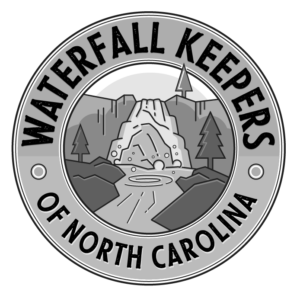Most people who visit North Carolina waterfalls love them and would never knowingly do anything to cause them harm. But sometimes we don’t always know that something we’re doing is harmful. And it sure can’t hurt for all of us to review a list of best practices from time to time so they’re fresh in our minds.
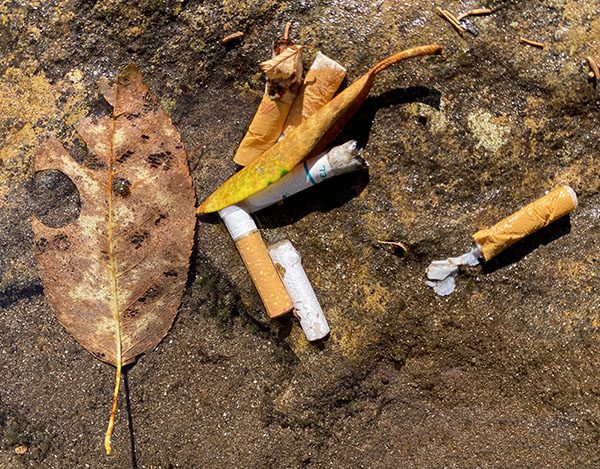
Pick up your litter
Litter creates problems beyond being eyesores. Fish and birds choke on cigarette butts, and birds and turtles become entangled in fishing line and plastic. Many animals eat litter, which can kill them or cause severe intestinal problems. A tossed energy bar wrapper can be just as dangerous and as much of an eyesore for some as if you’d emptied a full trash can on the trail. Consider bringing a trash bag with you and picking up the litter you find. If you have kids, why not make a game out of it with them?
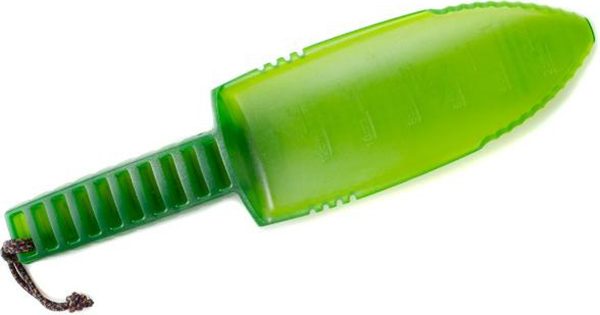
Bury your human waste
Waterfallers aren’t bears, so when we do our business in the woods, we should do it in a responsible manner. For solid human waste, the accepted practice in the North Carolina waterfall environment is to bury it in a cathole at least 6 inches deep. It’s best to use a small trowel to dig the hole, as it will cause less damage to the soil than using the heel of your boot. If the soil is soft, you can use a stick. Make sure the cathole is at least 200 feet from any water source and not located where water will form a stream when it rains. Do not urinate in streams or on trails, and try to avoid vegetation because animals will chew the plants to get the salt. Bare rocks or open dirt patches are best.
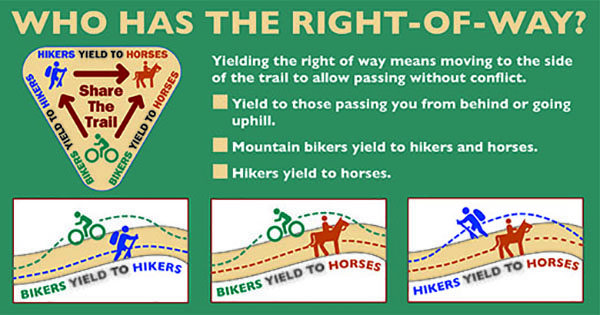
Be considerate of others
Good ethical behavior applies to how we treat others, as well as the waterfall environment. Loud music, dogs off leash, smoking, unsupervised children, jumping in front of someone taking a picture, and nudity can diminish the experience for other waterfallers. When hikers meet on the trail, the party hiking uphill has the right of way. If the trail is not wide enough for everyone to pass easily, the descending party should stop and step aside.
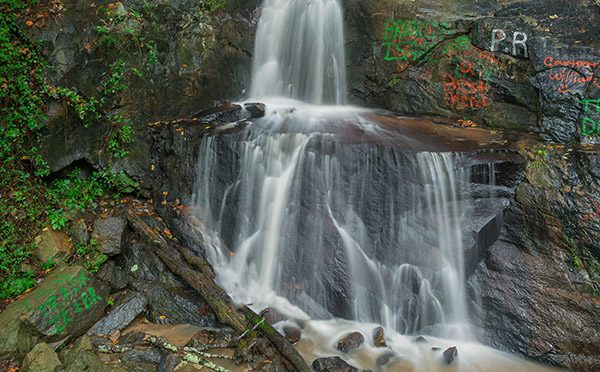
Say no to graffiti
Graffiti creates an eyesore for other waterfallers, as well as having the potential to harm the environment. Paint is toxic. It can kill lichens on the rocks and enter streams from runoff. Some people consider graffiti as an art form. When it’s painted on a rock at a waterfall, not only does it have no artistic value, but it is also a crime.
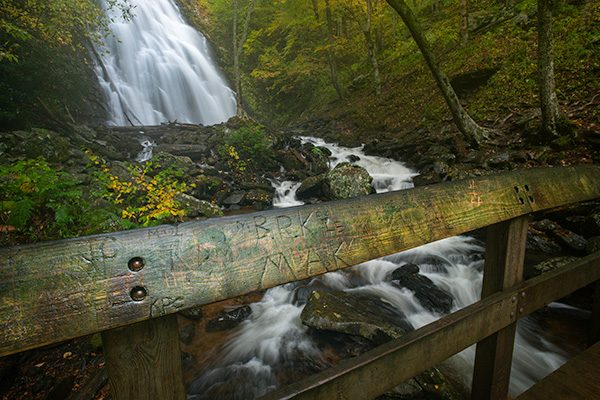
Don’t carve initials
If you wish to declare your love for someone, tell them or send them flowers. Carving it on a tree or footbridge railing just shows others that you have no respect for the environment or for other visitors. And when your loved one dumps you after figuring out that you aren’t a respectful person, you’re stuck with that reminder for eternity. We’ve seen graffiti carved into lichen-covered rocks at some waterfalls. It will take decades before the lichens grow back enough to cover it up.
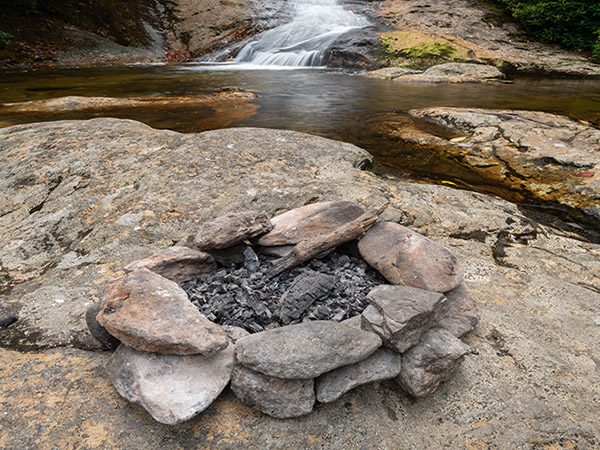
Camp responsibly
Spending the night at a waterfall is a wonderful experience. Don’t make it a negative one by doing so irresponsibly. If you set up a tent or build a campfire, you should do it away from the waterfall at an appropriate site. If you sleep at a waterfall, you should do it in a hammock or on a surface that has no vegetation, such as a flat rock or sandy beach. When you walk away in the morning, there should be zero evidence that you spent the night there.
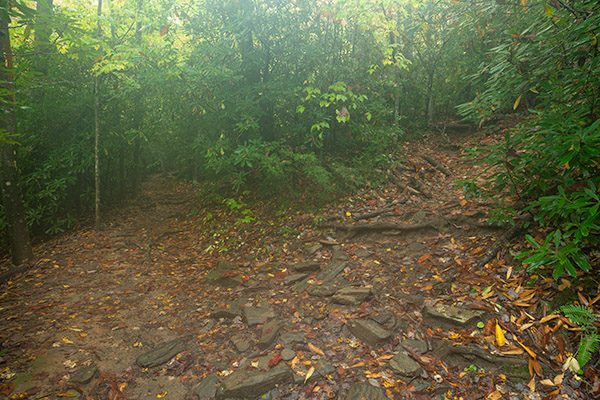
Stay on trails
Shortcutting switchbacks causes erosion, destroys vegetation, and creates eyesores. It also takes more energy to hike most shortcuts than staying on the official trail.
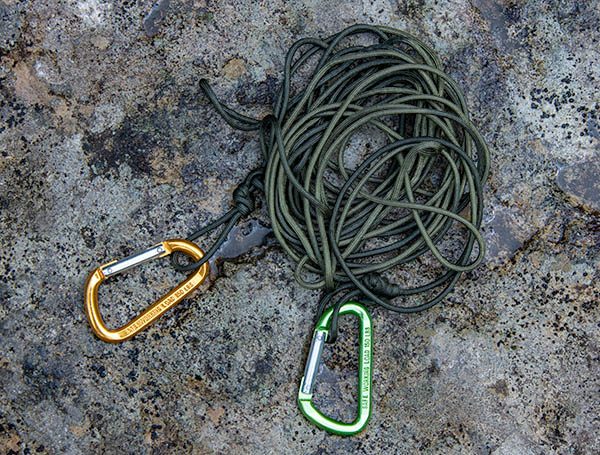
Keep vegetation in tact
If a live branch blocks your view for photos, use a string to tie it back temporarily. Never cut live trees just to open views for photos. Cutting vegetation to keep established trails cleared, or cutting trees to restore traditional waterfall views is acceptable when done by trained and authorized crews, but indiscriminate cutting of live vegetation is never acceptable and in many places it is illegal.
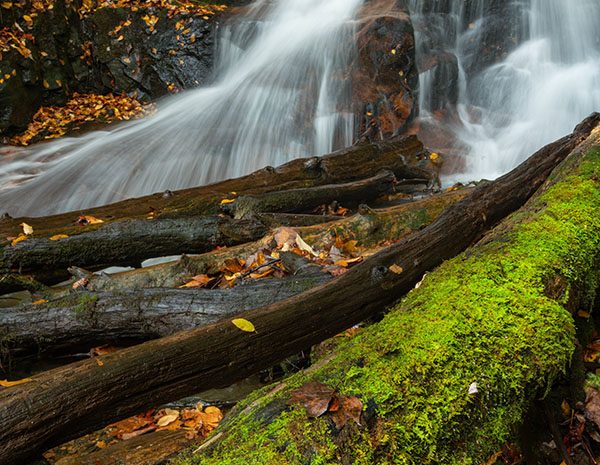
Let mossy logs lie
Photographers have a habit of decluttering their waterfall photos by removing fallen trees and branches from waterfalls. It is perfectly okay to do this as long you can do so safely and you don’t harm any plants or critters when you toss the wood. However, you should only remove wood that has recently fallen and doesn’t have moss or other vegetation growing on it. That mossy log is a mini ecosystem, with several plant and animal species living on it.
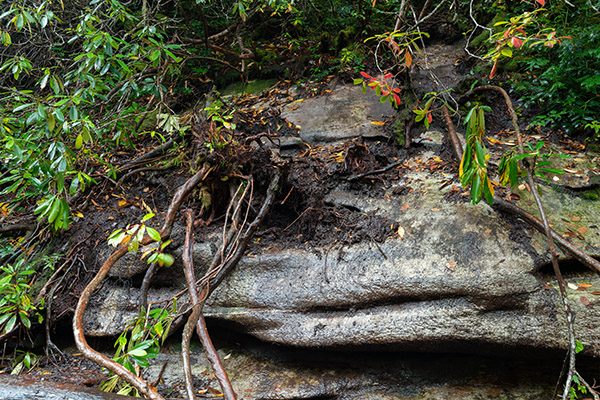
Preserve the soil
Waterfalls often occur in steep ravines covered in a thin soil layer. Among the most damaging things you can do at a waterfall is to climb all over the banks and dislodge the soil. Try to stay on the main paths. Photographers in particular should think about this, since they often climb around trying to find the best vantage points. After taking a picture and packing your gear, take a glance back at your shooting spot. Does it look like you’ve been there?
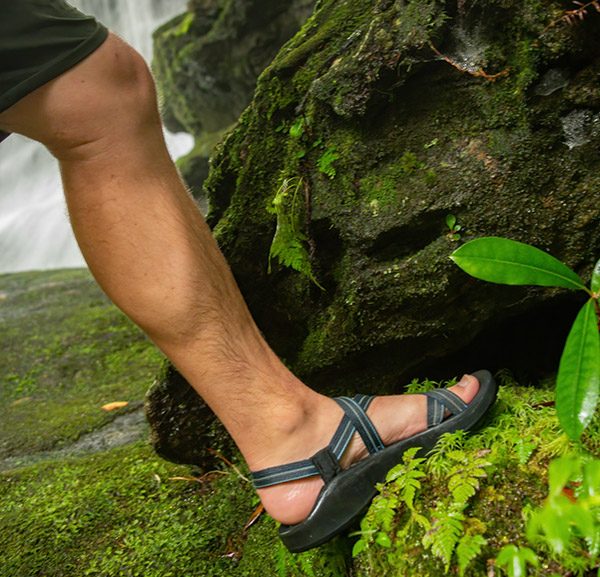
Watch your step around vegetation
Plants blanket North Carolina and it’s impossible to hike in the woods without trampling a few. However, you can be careful to impact them as little as possible. It’s especially important to be careful around waterfalls. That’s because a natural community called the “spray cliff” exists at many falls. Constant moisture from waterfall spray and the general sheltering from sun and wind create a relatively stable environment with a fairly constant year-round temperature. Several plants that grow in this environment are extremely rare, with some known from only a few sites in the world. Many of the rare plants of this environment are bryophytes, including mosses and liverworts. That mossy rock you’re about to step on could be home to one of the rarest plants in the world! It’s best to treat all plants growing near waterfalls with extra care.
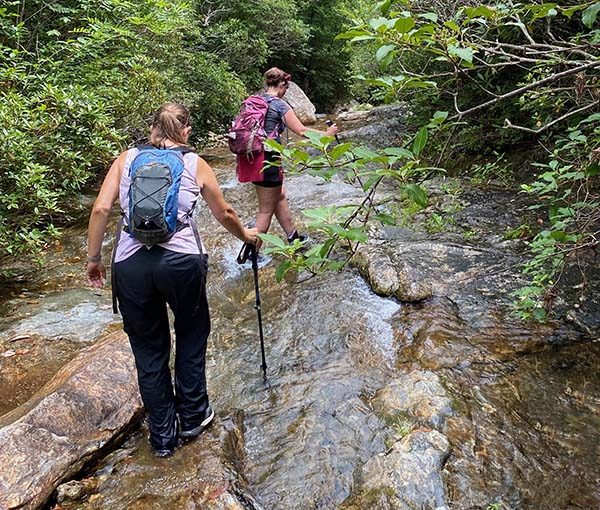
Don’t disturb the creek bed
Sometimes, the easiest way to reach a waterfall is to walk through the creek bed. Called “creekwhacking,” it’s fun, especially in summer. But we should be careful not to disturb the rocks when we do this. Dozens of critter species live under those rocks and depend on them for their survival. Kick a rock out of place and you could cause one to die. It’s impossible to creekwhack or even cross a stream without disturbing a few rocks. We’re not suggesting that we stop walking in creek beds. We just need to be aware and disturb the rocks as little as possible.
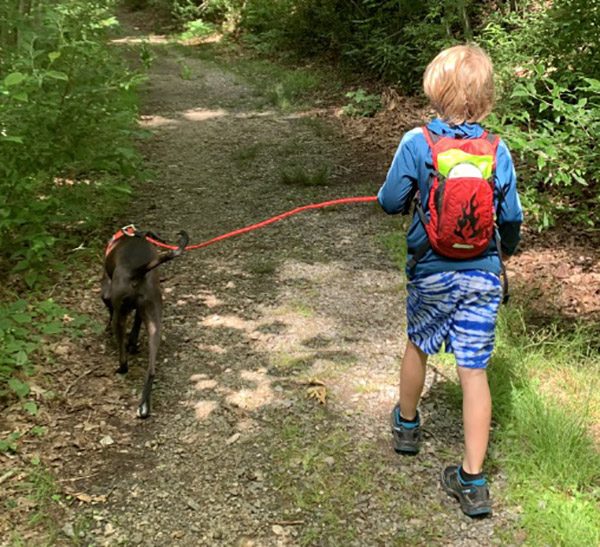
Be careful when bringing Spot
Some dog owners love to bring their furry friends hiking with them. In addition to the safety issues you should consider, dogs can have an adverse effect on the waterfall environment. Also, many of North Carolina’s waterfalls are in locations where dogs are not allowed. If you wish to bring your dog, Waterfall Keepers encourages you to check ahead to make sure they are allowed and always keep the dog on a leash not exceeding 6 feet. You should also bag any excrement or bury it in the same manner you would for human waste.
The following information comes from Great Smoky Mountains National Park, which prohibits dogs on hiking trails:
• Dogs can carry disease into the park’s wildlife populations.
• Dogs can chase and threaten wildlife, scaring birds and other animals away from nesting, feeding, and resting sites. The scent left behind by a dog can signal the presence of a predator, disrupting or altering the behavior of park wildlife. Small animals may hide in their burrow the entire day after smelling a dog and may not venture out to feed.
• Dogs bark and disturb the quiet of the wilderness. Unfamiliar sights, sounds, and smells can disturb even the calmest, friendliest, and best-trained dog, causing them to behave unpredictably or bark excessively.
• Pets may become prey for larger predators such as coyotes and bears. In addition, if your dog disturbs and enrages a bear, it may lead the angry bear directly to you. Dogs can also encounter insects that bite and transmit disease and plants that are poisonous or full of painful thorns and burrs.
• Many people, especially children, are frightened by dogs, even small ones. Uncontrolled dogs can present a danger to other visitors.

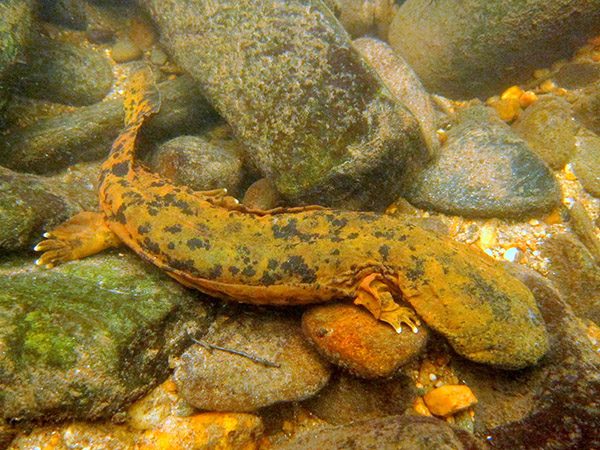
Have you seen a hellbender? Lori Williams, Wildlife Diversity Biologist with NC Wildlife Resources Commision would like to know about it. Please contact her at [email protected]. You must include a photo, date of observation, and GPS coordinates (or very detailed location info). You can also call in to the NCWRC Wildlife Helpline at 919-707-4011 or 866-318-2401.
Leave rocks where they are
Building rock cairns is among the more controversial practices in the outdoor world. We’re not talking about cairns that are used for marking trails. Those serve an important role and no one has an issue with them. However, in recent years people have started stacking rocks everywhere, just for the fun and art of it.
We at Waterfall Keepers love to have fun! And we love art, too! We especially love art that has a connection to the natural world and if the connection is with waterfalls, so much the better. But most people who build rock cairns in creeks do not understand the full impact of their actions. Yes, they are enjoying themselves in the outdoors and creating works of art for others to admire. We get that, and we appreciate the fact that people are enjoying themselves in the creeks and at waterfalls.
However, we also have a mission to protect the natural world and to make the waterfalling experience the best it can be for all visitors. To that end, we must take a stand against the indiscriminate building of rock cairns. At Waterfall Keepers, we are not just waterfall lovers, we are also botanists, biologists, resource protection specialists, and conservationists.
So, what’s the big deal with building cairns?
Any time you remove rocks from a stream bed, you take the chance of destroying a critter’s home or destroying vegetation. Many species of aquatic plants and animals use these rocks as their homes, some of them so small you may not be able to see them. When someone removes these rocks, these plants and critters may die.
Algae grow on many rocks in stream beds and it dies when the rock is removed. You might not think it to be a big deal if a little bit of algae dies, but consider that algae is a vital food source for numerous aquatic creatures. It also helps oxygenate the water and purifies it by absorbing nutrients and heavy metals. Now consider the affect of thousands of people removing millions of rocks from streams all over the place.
Cairns also have a negative impact on other waterfallers. To many people, cairns are just another form a litter, or yet another way to announce that a human was here. As Brent Daniel from Friends of the Smokies remarked, “Personally, I don’t see a big distinction between that stack of rocks and someone carving ‘Bob was here’ into the side of an historic cabin. It’s a momentary, seemingly harmless act that really only has any meaning to you, but impacts every visitor who comes after.”
If all of this isn’t enough, keep in mind that in some locations, such as national parks like Great Smoky Mountains, it is illegal to move rocks in streams.
Cairns can be good when they are built properly in the right locations. In places where it’s not practical or possible to mark trail routes in another manner, rock cairns provide an essential purpose. But in most locations in North Carolina, they are simply not needed.
We advocate removing rock cairns so they don’t encourage bothers to build more. However, you should not kick them down, as this could injure any critters that may me hanging out on them, as well as having the possibility of harming critters the rocks may fall on. The best way to remove a rock cairn is by removing the rocks one at time by hand and laying them carefully in the stream bed.
Waterfall Keepers would like to suggest that if you have an overwhelming need to stack something on your waterfalling adventures, pick up all the trash you see along the trail, stack it up, and take a picture of it before discarding it into the trash bin. Think about it, anybody can stack a few stones, but it takes real talent to stack beer cans, water bottles, cigarette butts, McDonald’s wrappers, and plastic bowls that once held night crawlers.


